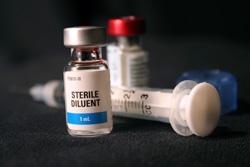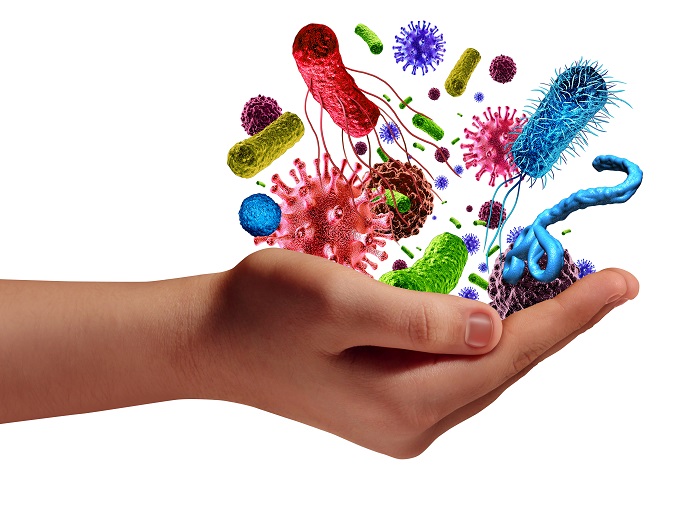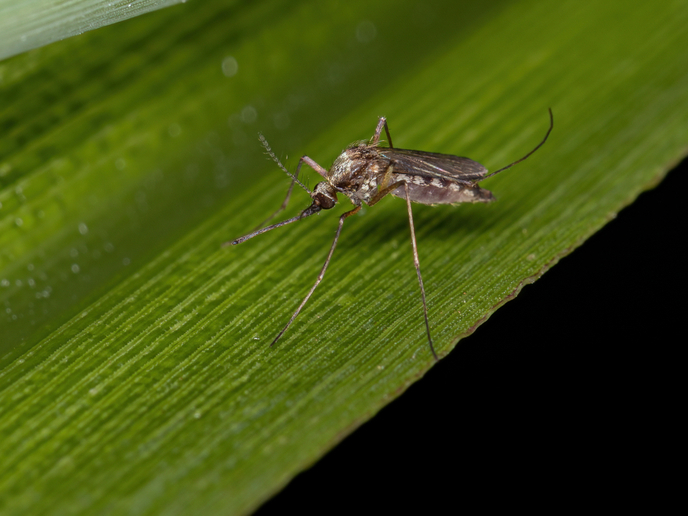Immunoregulatory cells aid allergic disease therapy
The quest to find effective therapies for allergic responses to allergens like the house dust mite and Parietaria pollen remains a major goal within the biopharmaceutical industry. One avenue of research has seen the development of allergen encoding DNA vaccines. The overall goal of the European project ALLDNAVAC was to measure the effects of the vaccines on the effector cells involved in the allergic response. As a separate but related approach, Italian-based project partners at the University of Firenze investigated the suppression mechanisms of T cell responses with two types of immunoregulatory cell. The aim was to test the effectiveness of natural T regulatory cells and mesenchymal stem cells (MSCs) to be used in association with DNA vaccine therapy. Purified from the post-natal thymus, the natural T regulatory cells were found in vitro to down-regulate the interleukin-2 receptor in target T cells. They also suppressed the activity of Th1 cells and to a lesser extent Th2 cell clones. In addition, the action of mesenchymal stem cells on immune response was investigated. This class of adult stem cell, progenitor in nature, have imunoregulatory properties. In the presence of interferon-gamma (IFN-gamma), they had an anti-proliferative effect, not only on T cells but on so-called natural killer cells that are a part of the innate immune system. Effective DNA vaccines for allergy therapy will no doubt improve public confidence in this particular technology. This will enable the European biotechnology industry to be more competitive by producing safer vaccines at lower costs.







